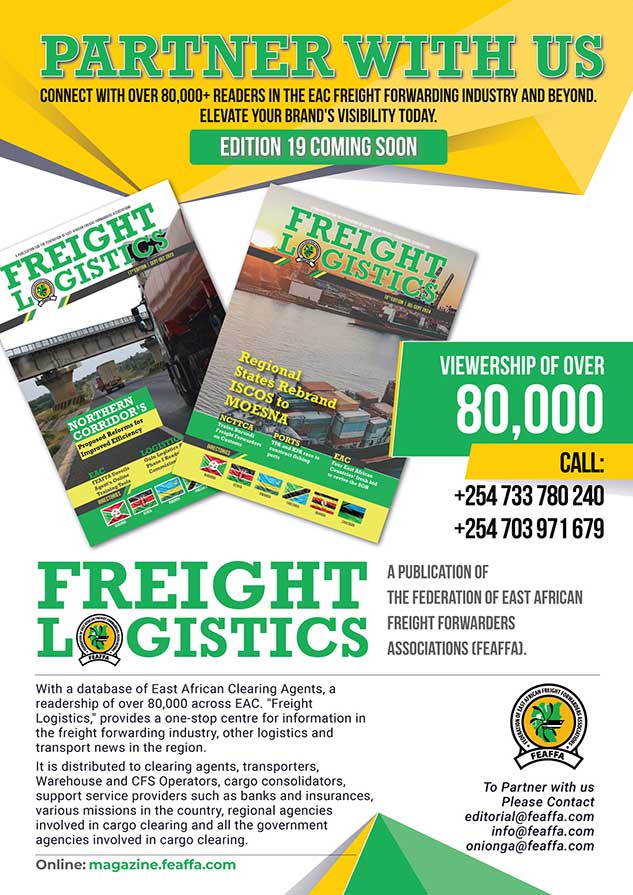The cooperation between shipping lines, customs, and port authorities is a crucial pillar of global trade, ensuring efficiency, security, and regulatory compliance in maritime commerce. This collaboration is not merely about facilitating trade; it is also about maintaining a delicate balance between commercial interests and national security. By fostering strong communication and data-sharing mechanisms, customs and port authorities can create an environment that supports the seamless movement of goods while adhering to regulatory obligations.
A key aspect of this cooperation is structured consultation between government agencies and port stakeholders. These discussions help shape regulatory frameworks, allowing authorities to understand industry needs and design practical compliance mechanisms. This engagement becomes particularly crucial when implementing major operational changes or data collection processes, ensuring that the realities of trade are considered when designing regulatory obligations. Effective consultations should not be one-off events but an ongoing dialogue fostering mutual understanding and problem-solving.
Shipping lines are at the heart of this collaboration as primary stakeholders in port operations. As providers of maritime transport services, they maintain direct and digital connections with customs and port authorities, often through local shipping agents or port community systems. The efficiency of this interaction determines whether shipments are cleared swiftly or face unnecessary delays.
Given the complexity of global trade, shipping lines must submit vast amounts of data concerning vessel security, crew, and cargo. Regulatory frameworks, such as the IMO FAL.14(46) resolution, set standardized information requirements for port arrivals, stays, and departures. Customs authorities rely on shipping lines to provide detailed cargo declarations, including type, weight, hazardous content, and routing information, much of which originates from customers. The accuracy of these submissions is critical, as authorities depend on them for security screening and compliance monitoring.
The implementation of a Single Window Environment significantly enhances these processes, simplifying interactions between traders and regulatory authorities. This digital framework enables a single entry point for data submission, reducing redundancy and streamlining compliance checks. The UNECE Recommendation No. 33 defines a Single Window as an electronic facility that consolidates trade-related information, eliminating the need for multiple submissions.
The maritime version of this system coordinates vessel clearance, cargo handling, and border management, ensuring that information is efficiently processed across various regulatory domains. For shipping lines, a well-functioning Single Window enhances trade facilitation by harmonizing submission processes across different ports, improving transparency, and strengthening cybersecurity measures to protect sensitive trade data.
Beyond efficiency, cooperation between shipping lines and regulatory authorities is critical in combating illicit trade. Criminal networks exploit maritime supply chains to traffic narcotics, illegal wildlife products, counterfeit goods, and other contraband. To counter these threats, trust and intelligence-sharing between the public and private sectors are essential.
Successful collaborations, such as Operation Tin Can—an initiative involving customs and law enforcement agencies from 58 countries—demonstrate the power of joint efforts. In just one month, the operation led to 43 arrests and the seizure of nearly 99,000 kilograms of cocaine. This success was largely due to the cooperation of shipping lines, which provided data-driven insights that helped authorities track suspicious cargo movements.
Public-private partnerships in tackling illicit trade extend beyond enforcement actions. They involve mutual training programs where company personnel learn to identify red flags, while customs and law enforcement agencies gain deeper insights into commercial shipping operations.
A well-informed private sector can serve as an early warning system, flagging anomalies that might indicate illicit activity. Additionally, enhanced data exchange mechanisms enable customs and port authorities to track emerging threats in real-time. However, these collaborations must be built on trust, ensuring that shipping line employees do not face undue legal risks simply for reporting suspicious activities.
Another challenge requiring collaborative solutions is uncleared and abandoned containers. These pose security risks, especially when criminals abandon shipments upon realizing authorities have flagged them. The lack of a standardized global approach to handling such containers complicates enforcement efforts.
In some jurisdictions, corrupt practices allow shippers to repurchase illicit goods at auction, circumventing penalties and continuing illegal activities. Best practices, such as Israel’s Port Community System, offer potential solutions by providing digital transparency in abandoned container management. Such initiatives allow customs and port authorities to track and process these shipments more effectively, reducing opportunities for illicit trade.
Ultimately, shipping lines are essential partners in securing the maritime supply chain, but they are not law enforcement agencies. Employees of shipping companies are not trained or equipped to confront criminal organizations, making it imperative that regulatory frameworks offer them protection and support. Furthermore, illicit trade is a dynamic challenge—tightening controls in one region merely shifts the problem elsewhere. Since shipping containers move across multiple jurisdictions, addressing this issue requires a globally coordinated response. Trusted public-private cooperation across the maritime sector is the only sustainable way to curb illicit trade and enhance global supply chain security.
The writer, Elijah Mbaru, is the Chairman of the Institute of Chartered Shipbrokers East Africa, CEO-Designate Kenya Ships Agent Association, Regional Coordinator of the Maritime Bussiness Chamber, Advisor Innovate Maritime Africa East-Central-Horn of Africa, Committee Member of the Association of Maritime Practitioners Kenya.





